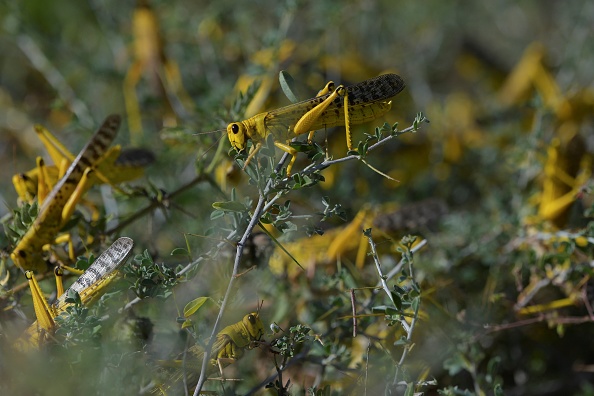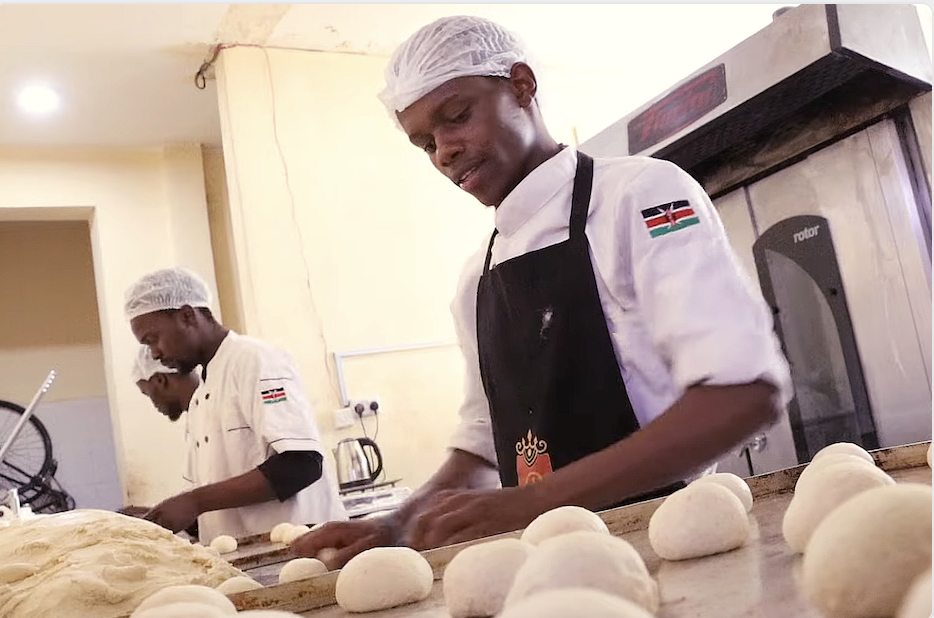
Spread of locusts likely to persist in Kenya and Horn of Africa until June

The current Desert Locust situation poses a serious threat to food security and livelihoods. Large and numerous swarms continue to destroy crops and pastures across parts of Ethiopia, Somalia, and Kenya.
Locust breeding and movements are taking place also in Djibouti, Eritrea and Sudan. There is a high risk that swarms could appear in northeast Uganda, southeast South Sudan and southwest Ethiopia. The high risk of further spread in the East Africa region necessitates an immediate and significant intensification of control activities.
Speaking at an exclusive interview with CGTN, FAO Assistant Director-General and Regional Representative for Africa Bukar Tijani now says the locust invasion could end in June but all preventive measures are been undertaken to control the situation.
‘’If we look at timelines, by June we should have controlled the situation and we are working with our partners to avert further invasion. We are trying to avert the worst case scenario to avoid the level it’s an endemic’’,says Tijani
This is the worst Desert Locust situation in 25 years for most of the affected countries – for Kenya,in 70 years, according to the Food and Agriculture Organization of the United Nations (FAO).
According to the Food Security and Nutrition Working Group (FSNWG) most recent update, the East Africa region is already experiencing a high degree of food insecurity, with over 19 million people coping with Crisis (IPC Phase 3) or higher levels of hunger.
Under a worst-case scenario, where the current locust upsurge is not quickly contained and becomes a plague by the next main cropping season, significant crop and pasture losses would cause food security in affected areas to worsen further.
FAO also downplayed previous allegations that the pesticides being used are harmful to the environment;they however called on farmers or residents of areas affected to stay away during the aerial spray.
According to Tijani, if effective control measure will be upscaled aerial controls (spraying of proper pesticide on swarms) there needs to be sourcing of additional equipment (planes, ground vehicles, sprayers, pesticide) and personnel in order to upscale the campaign.






